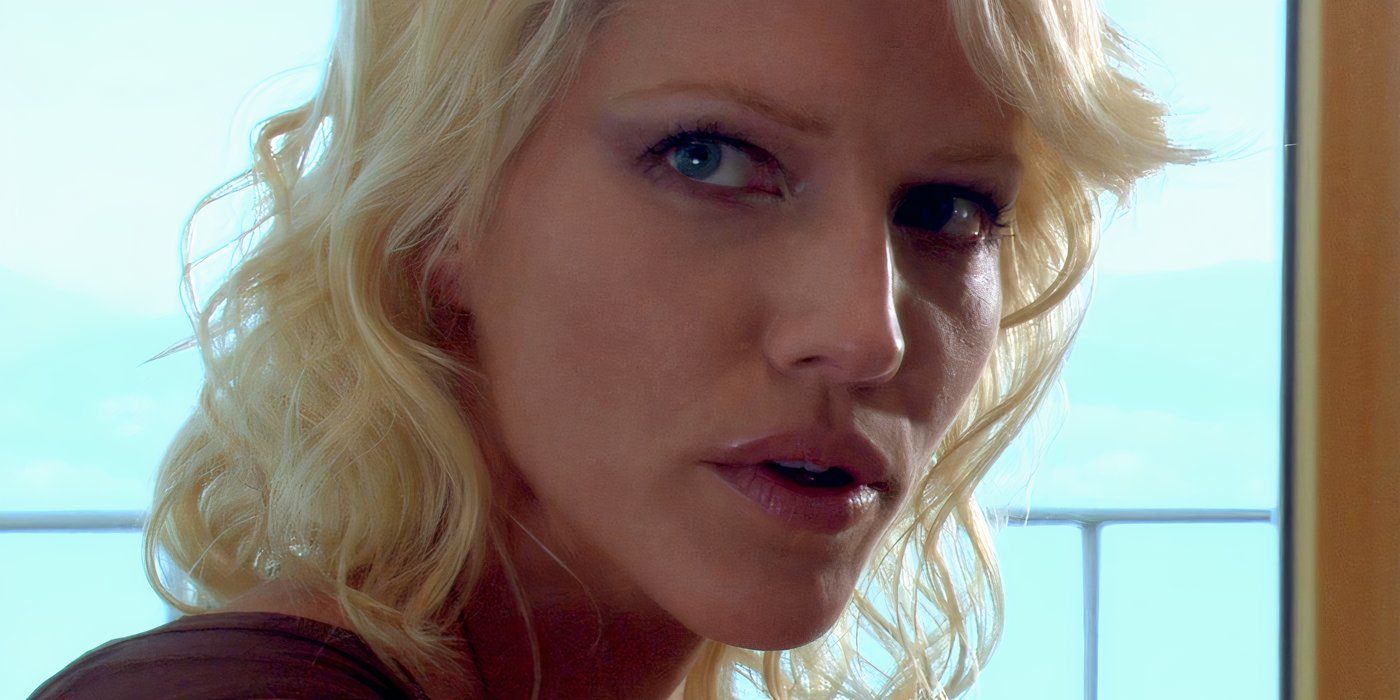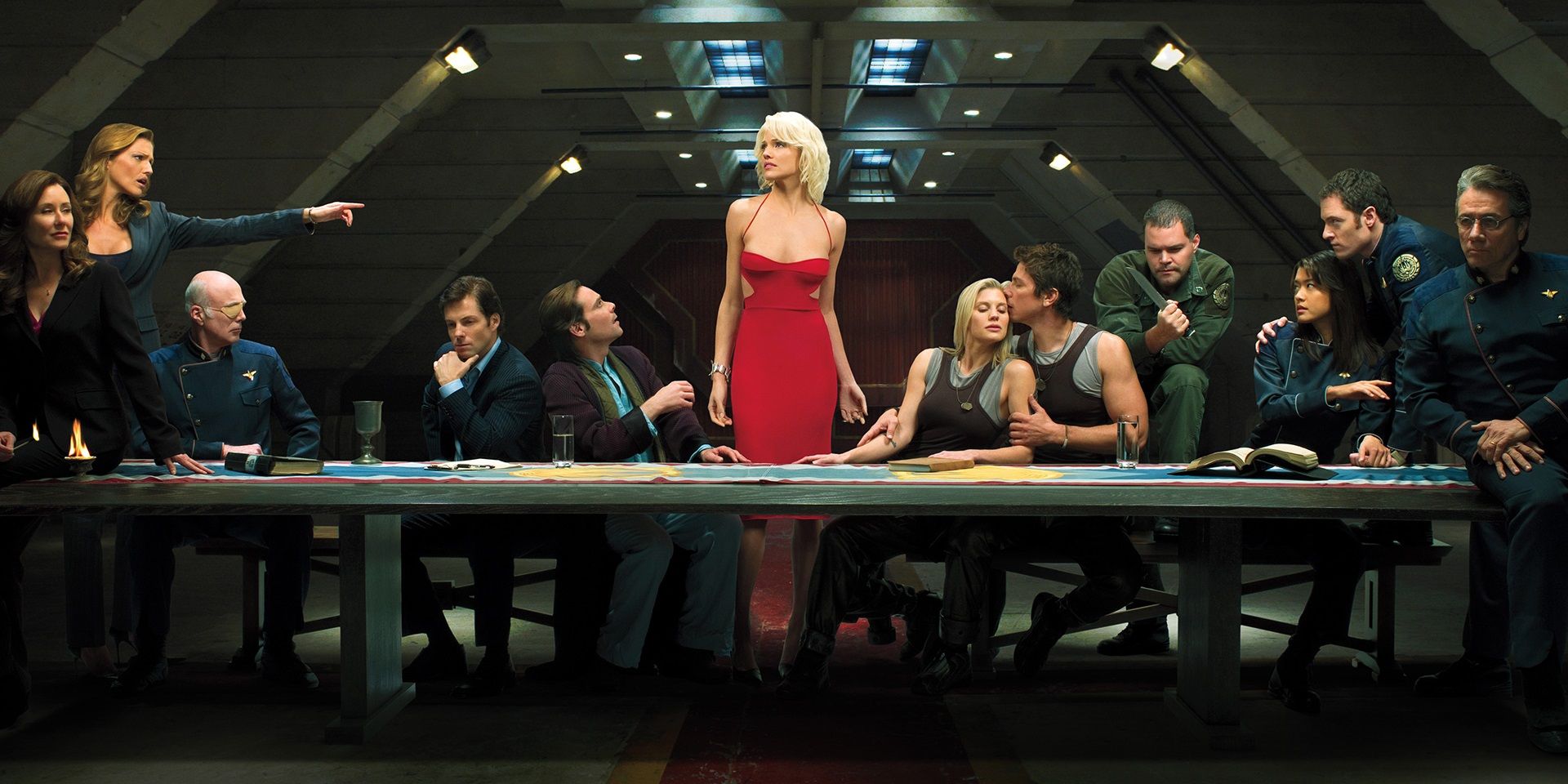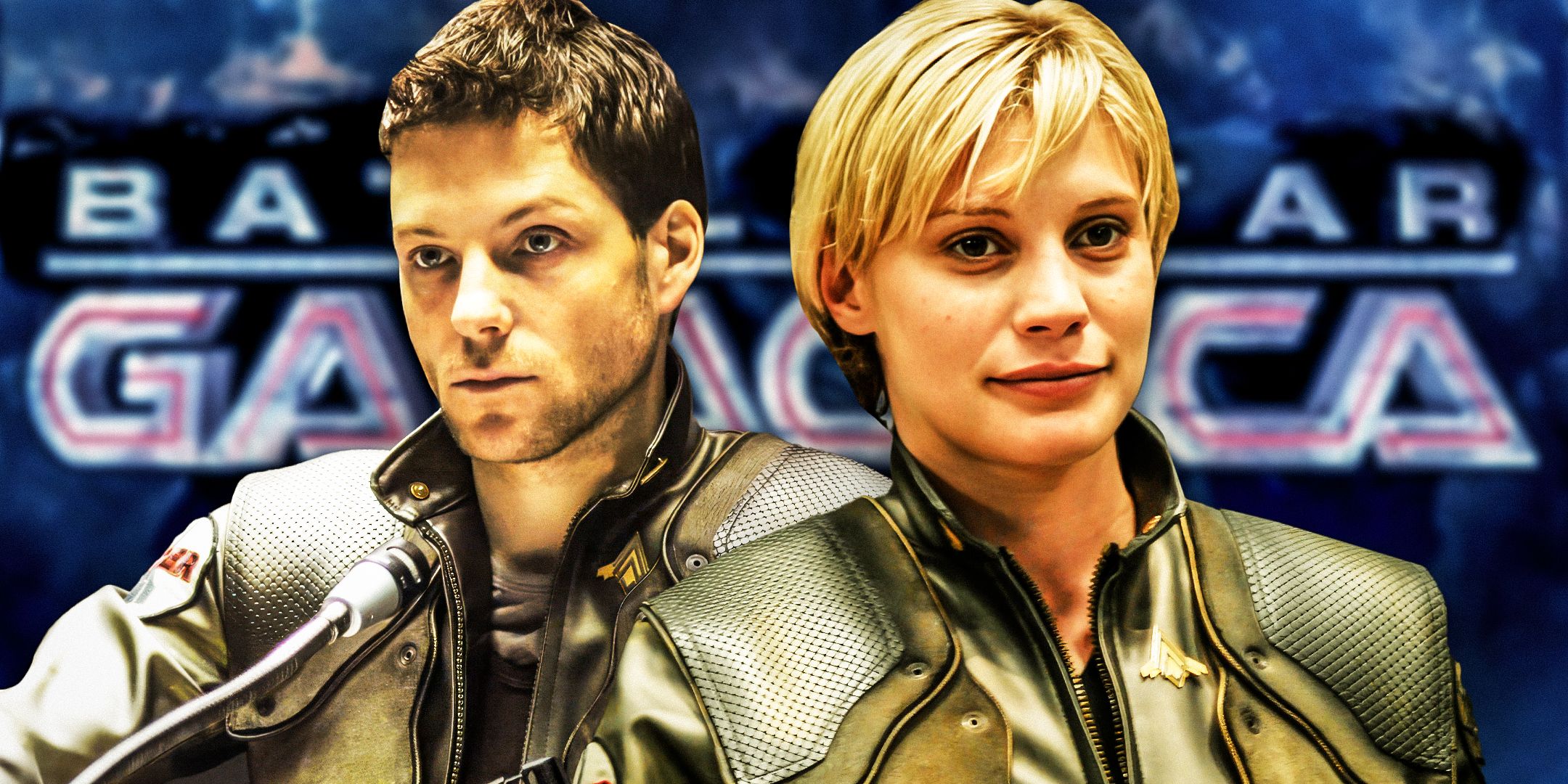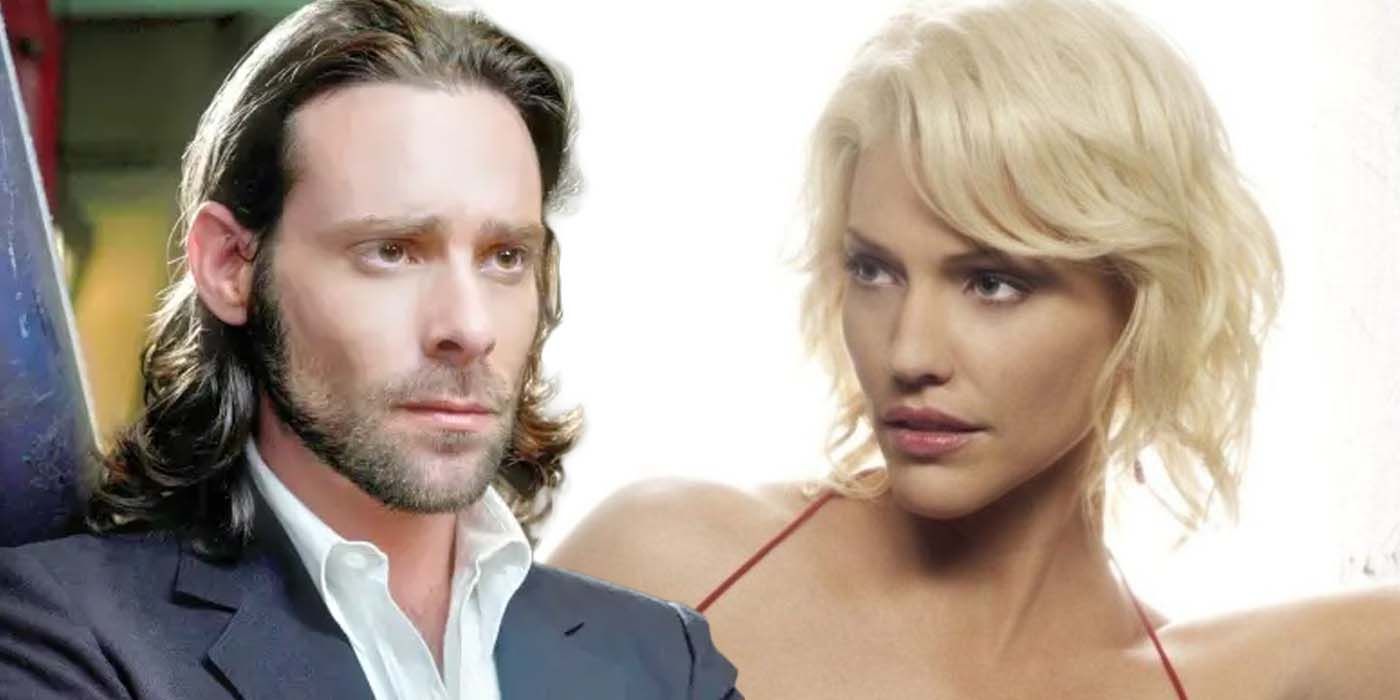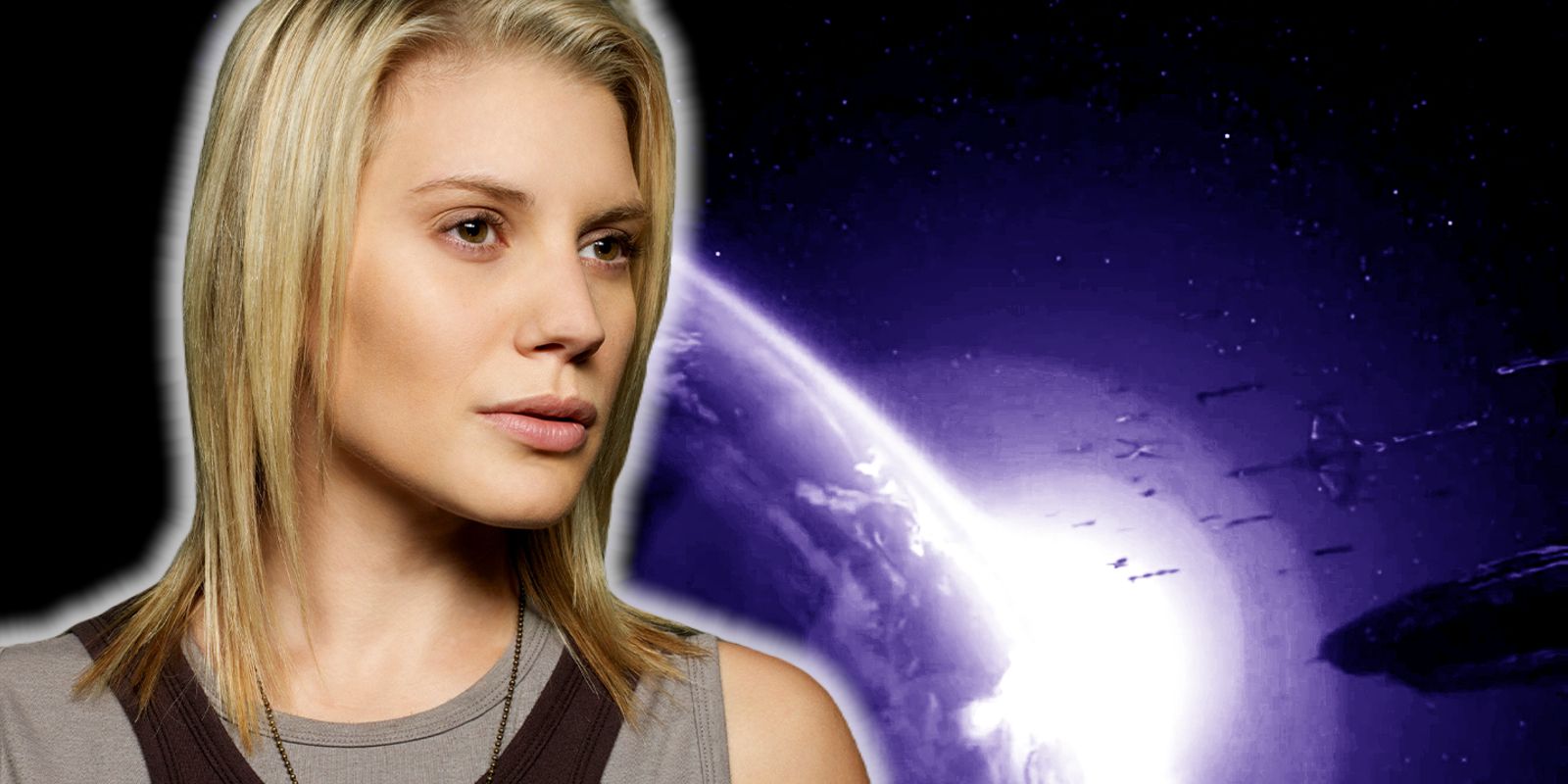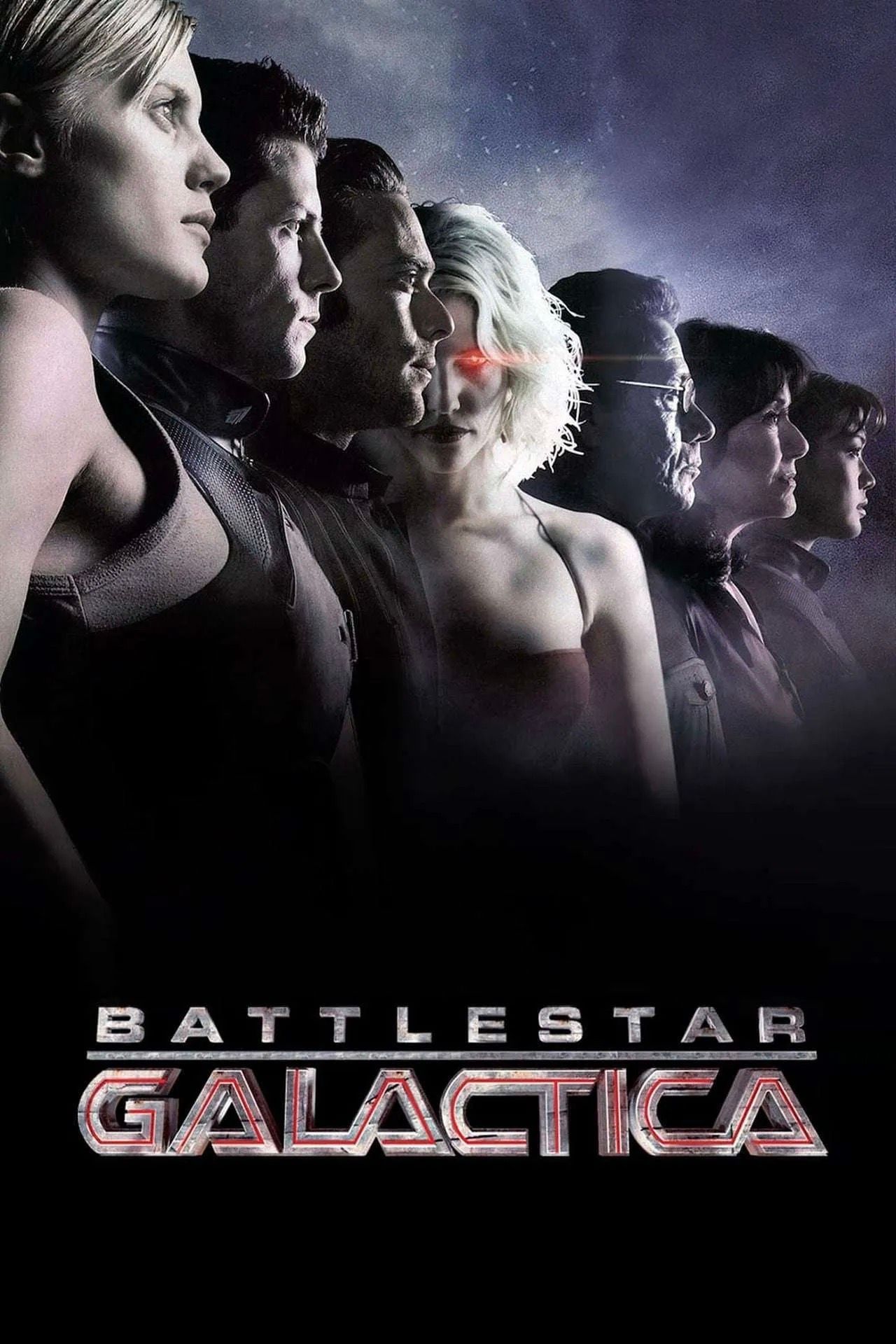Summary
- A theory proposes that the 1978 Battlestar Galactica is a sequel to the reboot, sharing a universe.
- Characters like Adama and Starbuck are seen as recurring figures in every cycle of the never-ending war.
- The reboot's ending takes on a new meaning if humanity is trapped in a cosmic cycle of life, death, and rebirth.
Battlestar Galactica's reboot took some serious departures from the original 1978 series of the same name, but a compelling theory argues that the two shows might actually share a universe. In both versions of Battlestar Galactica, humanity finds itself pushed to the brink of extinction by the machinations of the Cylons, a rebellious race of robots constructed by humanity who've turned on their creators. The two shows share a lot of elements, including distinct characters and settings. However, the 21st-century reboot reinvented many aspects of the original, even introducing metaphysical and arguably supernatural elements to the mysteries of Battlestar Galactica.
This includes the incorporation of supernatural elements, like visions of characters with seemingly divine influence and importance. However, the ending of the series underscored a major theme of the reboot, suggesting the entire series was part of an overarching cycle of life and death. This could also be the key to connecting the two different versions of the show and actually plays into those unexplainable elements of the reboot. It adds a bittersweet and almost mythical element to the show's most important characters while being quietly additive to the franchise as a way to connect Battlestar Galactica and the reboots.
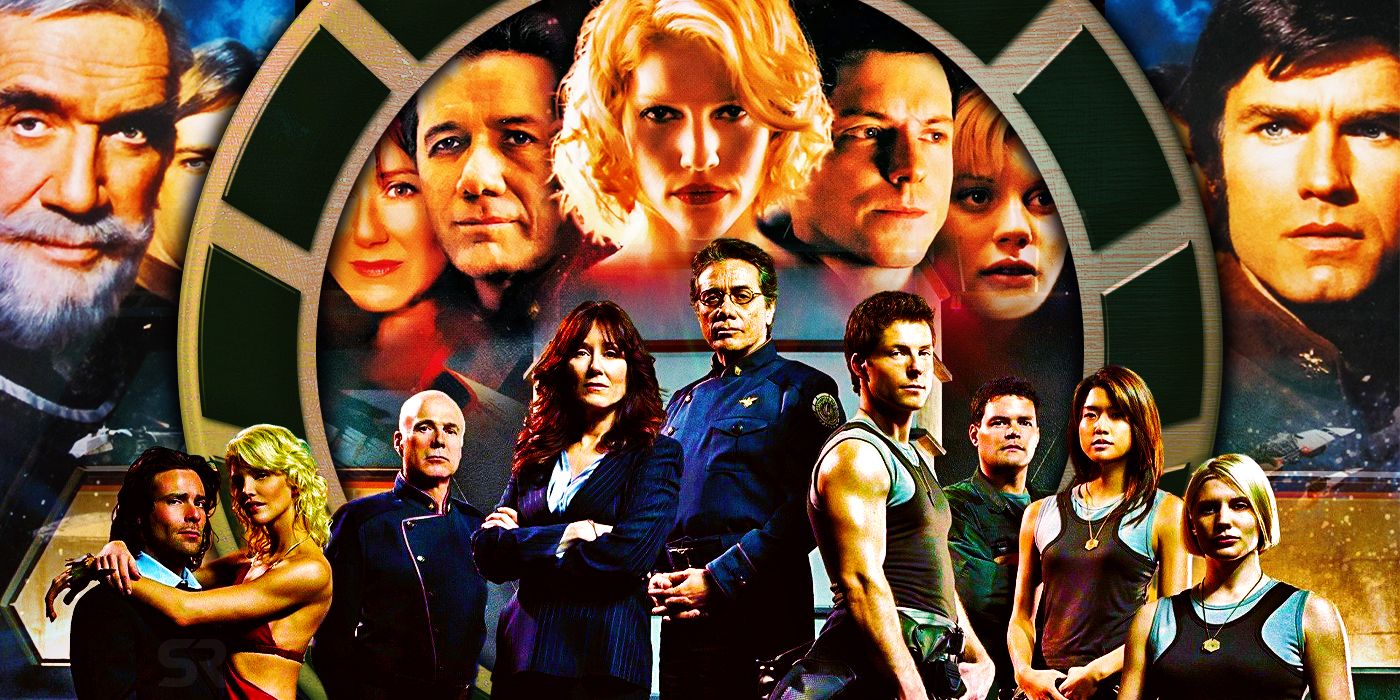
8 Battlestar Galactica Spinoffs Explained
Despite being canceled in 1979, Battlestar Galactica has inspired a sci-fi franchise encompassing comics, video games, novels, and these TV spinoffs.
Theory: Battlestar Galactica 1978 Was Another Cycle Of Human Vs. Cylon War After The Reboot
An impressive fan theory about Battlestar Galactica suggests the original 1978 series was actually just one of countless iterations of the war between humanity and machines, and secretly took place long after the events of the reboot. A major element of the Battlestar Galactica remake was the idea that the war between humanity and the Cylons had occurred before, with an unknown cosmic force implied to be God influencing certain people in the latest version of the struggle. This gives the series a grander cosmic sense of importance and grandeur, and further expands the importance of the show's metaphysical elements.
The theory suggests that the original [Battlestar Galactica] is just another iteration of that cycle...
The ending of the Battlestar Galactica reboot revealed the survivors were early settlers of the planet that would become modern-day Earth, with the first human/Cylon hybrid becoming the shared ancestor for modern humanity. The theory suggests that the original show is just another iteration of that cycle, as it's specifically set in a universe with real-world events like the Moon Landing. This suggests the Battlestar Galactica reboot and the original series share a universe. It's just that the reboot took place untold centuries before the events of the original series, and is simply a future iteration of the cycle.
Why Some Battlestar Galactica Characters Could Exist In Both Shows
This theory actually offers an interesting explanation as to why both shows could share important figures. Characters like Adama, Starbuck, and Apollo could be reoccurring figures in each cycle, each time playing an important role within their version of events. Figures like Starbuck take on a more important role when the show embraces the mysterious and supernatural, which goes a long way towards explaining Starbuck's mysterious return from the dead as an angelic figure in the final stretch of the Battlestar Galactica reboot. The character being a key figure in a cosmic cycle makes this purposefully unexplained plot twist better
Instead of being a sudden influx of supernatural elements into a show that's far more rooted in gritty sci-fi, Starbuck's return and subsequent disappearance at the end of the show play into the grand scheme of things. For every war between human and Cylons, there is always a Starbuck who fights for the humans. The theory transforms characters like Adama into legendary figures, who are repeatedly reborn into new versions of the same classic battle. Given the divine intervention that occurred throughout the Battlestar Galactica reboot, this idea would explain how both shows feature similar characters with the same names.
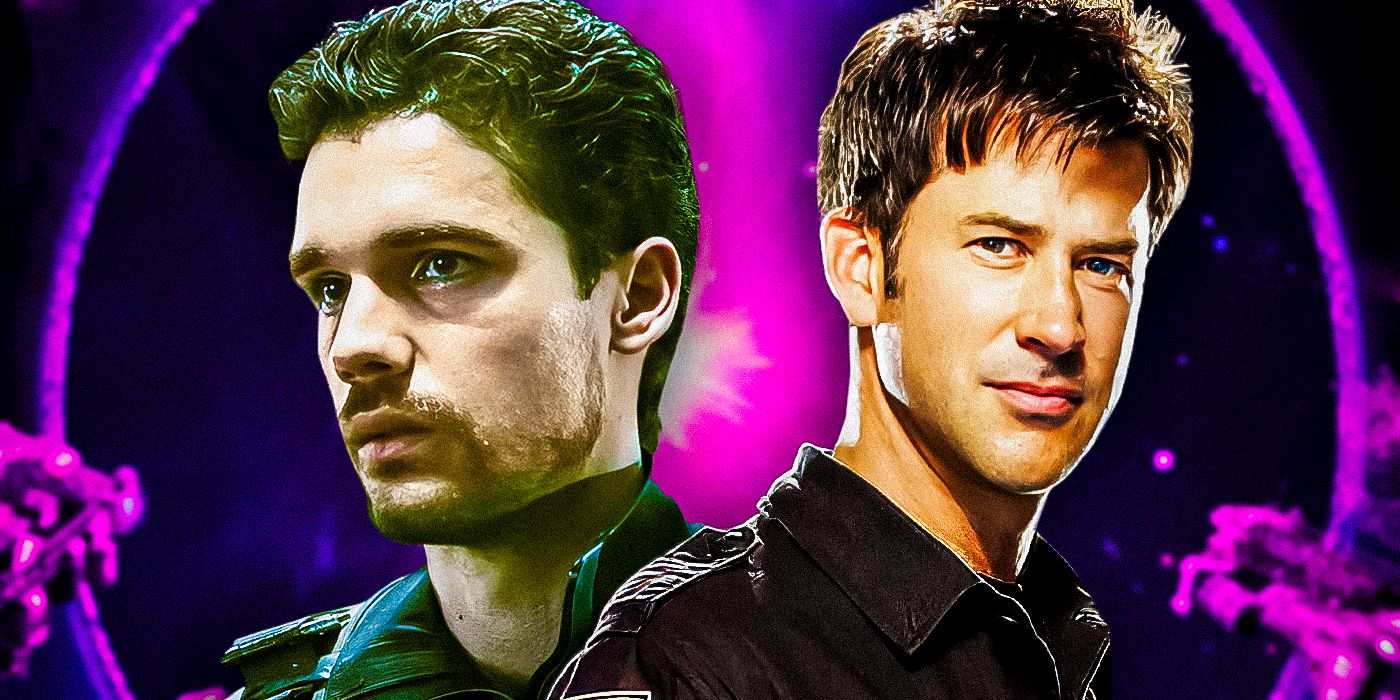
The SyFy Channel's 10 Best Original Shows, Ranked
The SyFy Channel focuses its programming on serving science fiction enthusiasts, crafting some of the genre's most innovative and original series.
How Battlestar Galactica 1978 Being A Sequel Series Changes The Reboot's Ending
The ending of the Battlestar Galactica reboot saw the remnants of humanity relocate to a world that would eventually become the modern-day planet Earth. The final moments of the show cut to the present day, with the angelic avatars of Baltar and Six commenting on humanity's continued march towards advanced technology like artificial intelligence. The implication was that humanity was steadily approaching the circumstances that led to the creation of Cylons and their subsequent war with humanity. Originally, this came across as a clear warning of humanity's increasing overreliance on technology, adding a clear moral to Battlestar Galactica's overarching story.
However, that warning becomes a more interesting reflection on fate if the ending is the latest example of humanity being in an overarching loop. This would explain why the cosmic forces would be so curious but blase about the hope for change in the next iteration of the cycle, as it's happened before and will happen again. The darker implications of the ending are replaced by a more bittersweet sense of inevitability. The Cylons will revolt, turn on humans, and humans will find a way to survive and begin the cycle anew. This gives the ending a greater metaphysical meaning.
Battlestar Galactica 2004 Could Also Be A Sequel To The 1970s Show
Interestingly, this theory can also work to create a shared Battlestar Galactica universe that still has the 1970s show occur first. The theory argues that every war between humans and Cylons is part of an eternal cycle between man and machine. If that's the case, human history would likely develop similarly each time, leading to the recognizable elements of both Battlestar Galactica's histories. The moon landing in the original timeline could happen in every iteration of humanity. In this way, the original show could have happened first, only for humanity to eventually begin anew and set up the 2004 reboot.
A new reboot for Battlestar Galactica is currently in development at Peacock
The overall importance of destiny and the unknown in Battlestar Galactica sets up ways to perceive the series through a different light. The idea that everything is trapped in an endless cycle of life and death and rebirth could work as a means of explaining the reboot's differing qualities but ultimately similar trajectory, showcasing a humanity that fights back against the Cylons. This also explains mysterious elements of the reboot, like the destroyed "Earth" they discovered in season 4 before finally finding a true home. Each iteration of Battlestar Galactica is connected, adding a greater lore to the sci-fi series.


